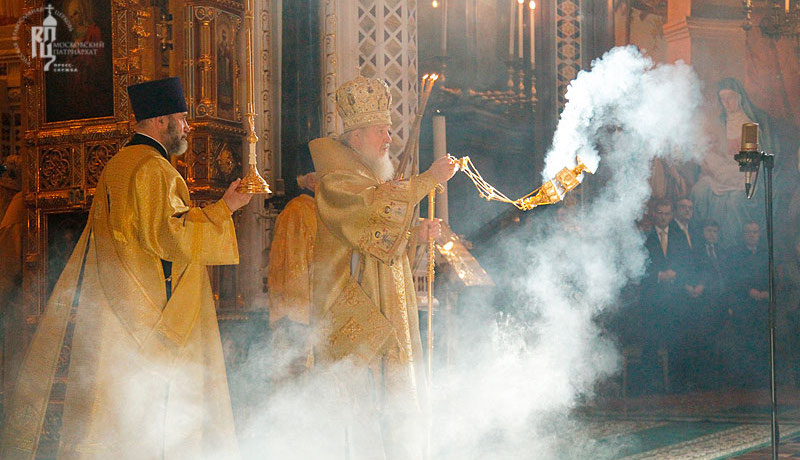 |
| The forgotten verse of "I'm on a Boat" |
In my previous post about Star Wars I said that religion is the acting out of a myth on a group level. You enter within yourself with the aid of the myth and confront your opposing forces and re-integrate, healing and bringing yourself back into balance and harmony. Our culture has divorced itself from this reality, confusing the mistakes of groups of people for the activity that made that group so powerful to begin with. In a possibly coincidental move our modern society has stripped out all its art and made horrific buildings for us to worship and live in, denying the existence of the soul and telling us that religion is merely something you learn with your head, not something that plays out in your heart. We call this liturgy, the work of the people.
The traditionalist in me wants to blame Protestantism for de-mythologizing Christianity, but the simple fact of the matter is they reframed the mythology into an extended Sermon on the Mount, complete with more comfortable seating. But that's not who we as Catholics and Orthodox are, is it? No, we live the Paschal cycle in our worship: the passion, death, resurrection, and ascension of Jesus is played out every Sunday. We enter this myth, we relive it, and God touches down and we are made like Him. The story becomes reality in us, Christ really is there, in the Eucharist. What happens on the outside (the Consecration) moves into us and we are changed.
But how do we do this? The key to reliving a myth is creating a trance-like state in whoever is celebrating it. All religions have realized that the ability to reach into ourselves and individuate requires an altered consciousness, which means changing the material world around us in a way that allows us to slip into this trance more easily until it becomes second nature. Generally these environments are designed down to the last detail because us humans are rather picky animals and need specific things to get us into this trance. Roman Catholics, with their emphasis on the closeness of Christ to us, traditionally use statuary, while us Easterners, who emphasize the transcendence of God, use 2D imagery in the form of icons. Our American sensibilities would have us think that simple and plain is a good idea, but the closer this space matches our own the worse it is at its job. The closer the worship space resembles a dream the better.
Which brings us to the problem of pews. This is a pretty emotional issue I've found. For whatever reason people seem to think that by eliminating pews there will no longer be a place to sit and they won't be taken care of. Sitting is safe. Sitting is secure. But the kingdom of God suffers violence and the violent take it by force and violence is not associated with sitting, by and large. Most dreams don't feature sitting either. Now, like I'd said before, Protestants get a bit of a pass, because their model seems to the Sermon on the Mount, where the crowds learned from Jesus. Since we associate sitting with learning it's a good symbol and symbols are king in dream-world. But that's not the model us apostolic Christians use. No, we follow Christ up Mount Calvary, watch Him die, and go to the tomb to find it empty and ascend with and in Christ in the Spirit to be with the Father. We picked the myth with a lot of walking, standing around and waiting, and then staring up at the sky in wonder. And, since our bodies must participate in the myth, we have to get them moving. We're not sitting around and waiting for Christ to comes to us, we're going with Him every Sunday, hopefully a little farther each time. Your body must participate.
Of course there's the inevitable backlash against the suggestion that we undo a Protestant innovation. What about the sick? The elderly? The pregnant? What if I broke my leg? Or what I stand every day for 12 hours? The list of questions of infirmity go on and on.The Church is a hospital, not torture chamber. If you're tired, sit down! No church I'm aware of that did this (and they all did until Protestantism went with a different myth) didn't have a ring of benches around the edge so that way if you needed to, you could sit. Or, y'know, sit on the floor. You are a child of God, after all, it is your house.
But maybe you're still not convinced. Maybe that's too much of a hurdle for you to wrap your head around. It's understandable. We associate churches with pews here in America. Without pews what on earth would you do? If you get the opportunity (which is rare here in the States) try it out for a good month or three. Get your body used to being free of that padded coffin you've been confined to all your life. If, at the end of your little experiment your experience of liturgy hasn't been markedly better then tell me I'm full of it. That's fine. But don't knock it till you try it!
Until then, however, live out the story. It's possible to get more images in our churches, and indeed we must. To not have images is not Christian, it's a requirement by Ecumenical Council, right up there with believing that Christ is God and God is Trinity. Your senses must be a part of your worship. It is required and has been for a very long time now. Go and be a part of the story, as opposed to bring a spectator.

No comments:
Post a Comment